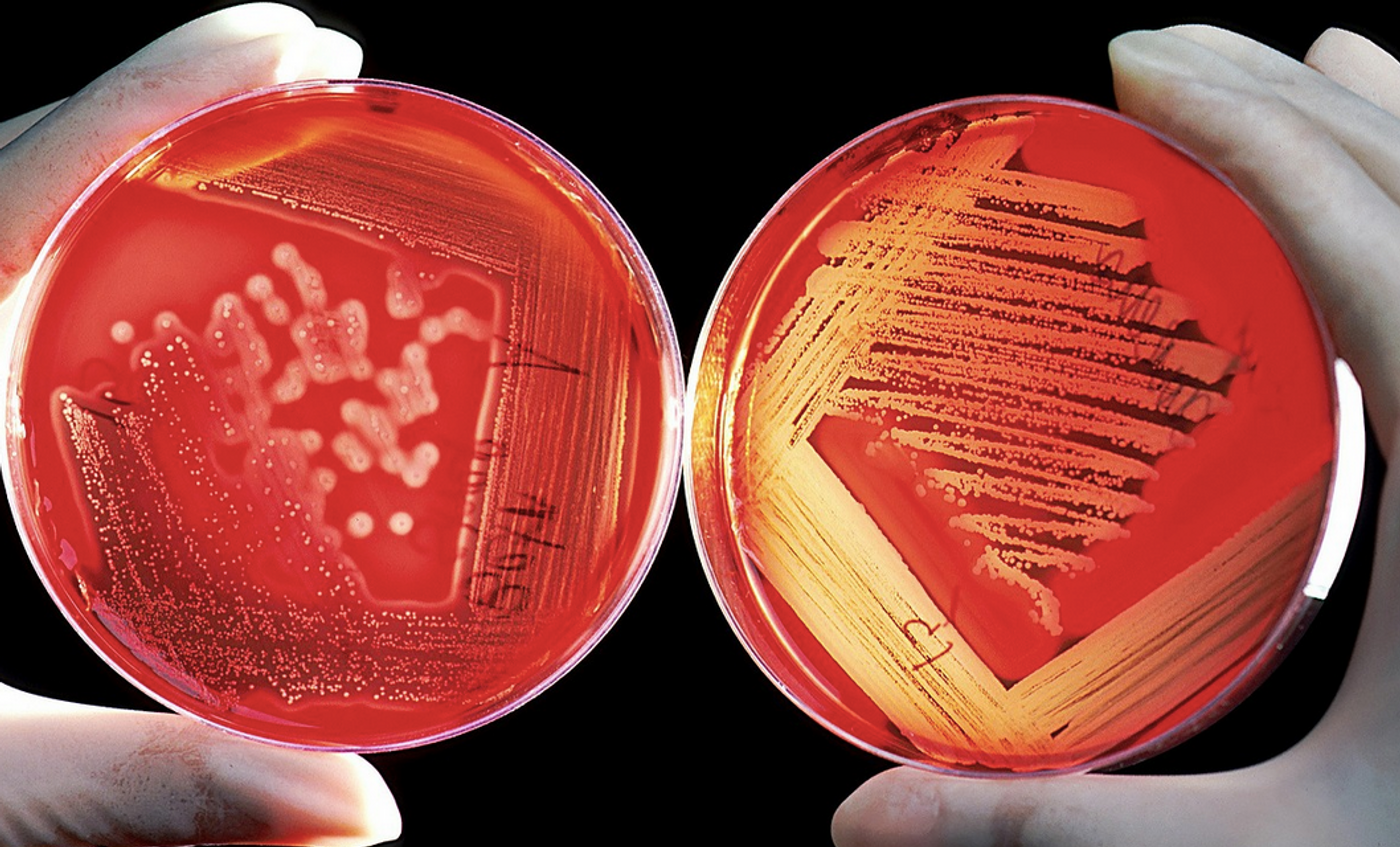To Understand the Gut Microbiome, Researchers Create New Method to ID Strains
We've long known that there are bacteria in the human gut; some can be dangerous if they are ingested. But genetic and computational technologies have advanced rapidly in recent years, giving scientists an unprecedented look at all the species of microbes that inhabit the gastrointestinal tracts of animals, including humans. That work , much of which has required powerful computational tools, has shown that the gut microbiome is intimately linked to many facets of human health. But scientists have tended to focus on the strains of bacteria that are present in the gut microbiome when characterizing it. When samples of the microbiome are analyzed, all the genetic material is sequenced and then compared to known sequences. This type of analysis usually identifies all the species of bacteria that are present.
Investigators are now asserting that while we know a bit about the bacteria in the microbiome, we must go beyond identifying bacterial species. They've suggested that such an analysis does not provide enough detail, and that it's time to assess the bacterial strains in the microbiome. We will only understand how the gut microbiome impacts human health if we know about the bacterial species, they noted.
An approach that details bacterial strains could reveal the causal links between the microbiome and disease, suggested research leader Katie Pollard, Ph.D., of the Gladstone Institutes.
Reporting in Nature Biotechnology, Pollard and co-authors detail a method to quickly identify bacterial strains in a sample at low cost. More precise studies will now be possible, said Pollard.
In a paper published in Genome Research, the researchers evaluated the bacterial strains in one individual's microbiome over five months. Nineteen samples were taken over than time. The particpant even took a course of antibiotics taken during that period. The study showed that sometimes, the level of a bacterial species stayed about the same, however, the amounts of different strains that were in that species can change significantly.
Different bacterial strains might be part of the same species, but they can behave quite differently; some strains may be harmless while others are infectious, and some of those may be treatable with common drugs while others are drug-resistant, for example. There may also be many other differences that impact a variety of things, such as metabolism or immunity.
This research opens up a new kind of sequence alignment, which is typically used to compare a known genetic sequence with sequences in databases.
"The algorithms to analyze genetic sequences were developed for human genomes," said Pollard. "They work great for the challenge of sequencing a single organism's genome, but not for our purposes of sequencing the genomes of thousands of unknown organisms at once."
Instead of looking at long sequences that are common among many strains or even species of bacteria, the researchers found the minimum amount of sequence that could be used to differentiate between strains. By scouring tens of thousands of genomes, they found 104 million short DNA sequences that vary most frequently between strains, and used this to create a new algorithm, called GenoTyper for Prokaryotes (GT-Pro). GT-Pro doesn't need cloud computing, and it fits on a laptop.
Now, researchers looking for the links between the microbiome and human biology and disease will have even more powerful tools at their disposal.
Sources: Gladstone Institutes, Nature Biotechnology, Genome Research









